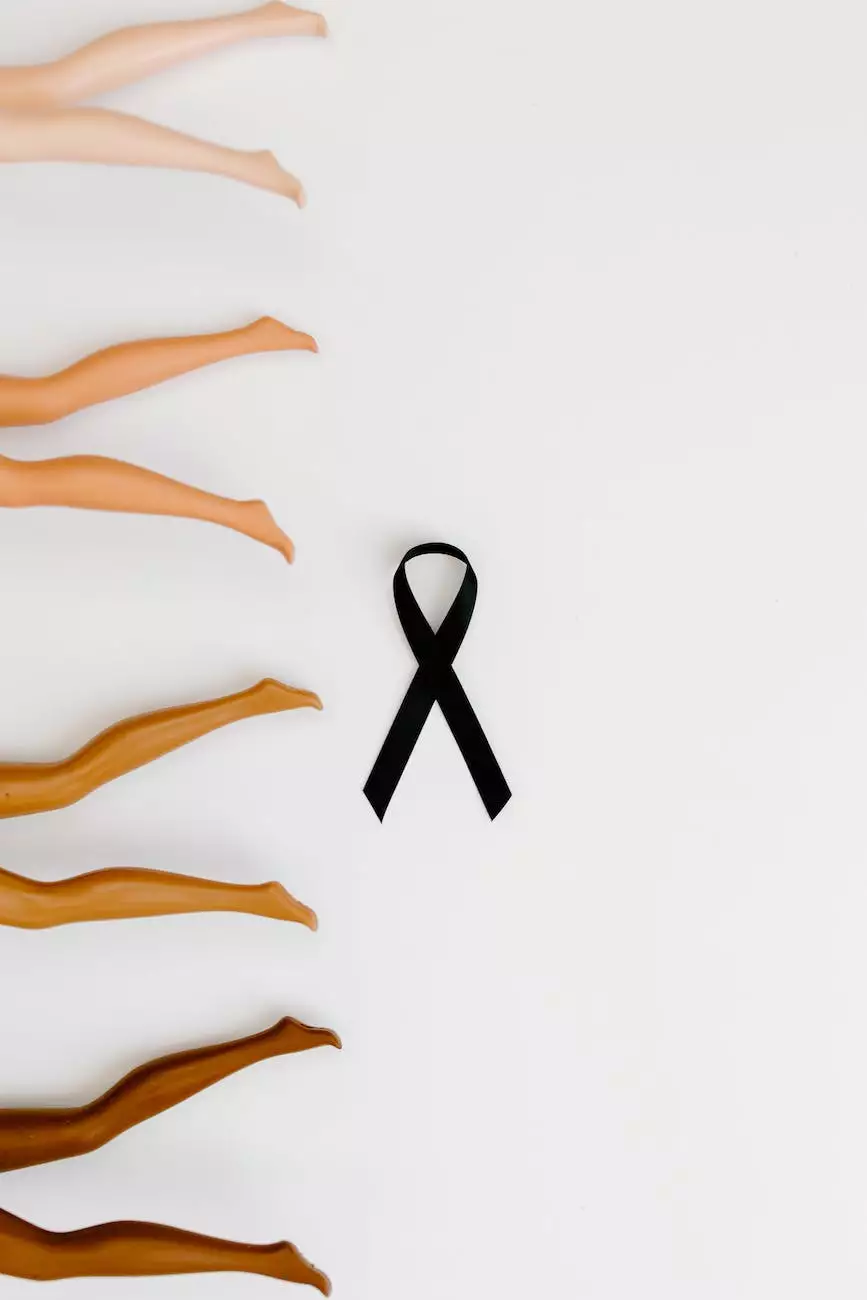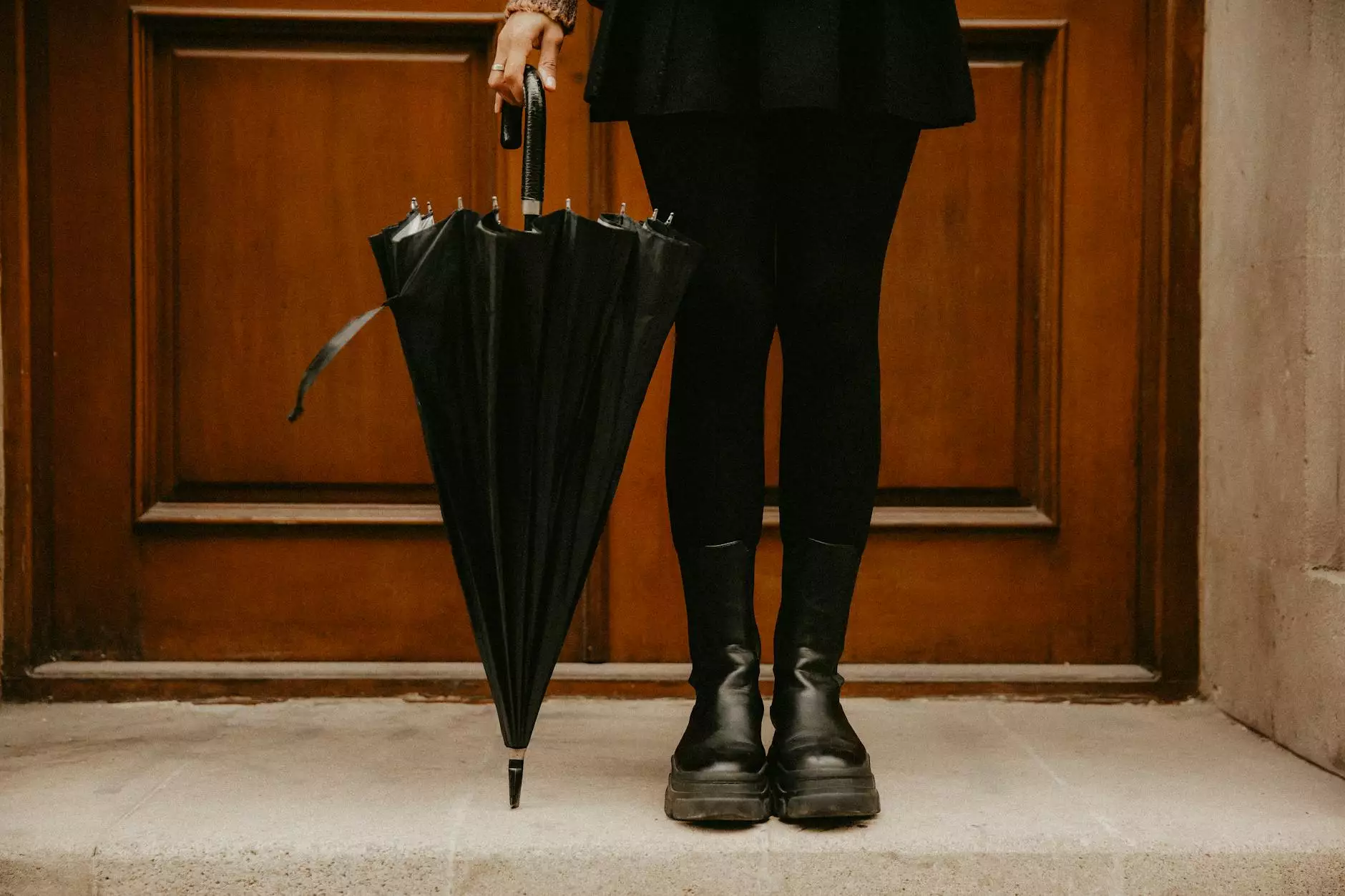Wintertime Nosebleeds - Piedmont HealthCare
Blog
Introduction
As the winter season approaches, many individuals experience the discomfort of wintertime nosebleeds. The dry air and changes in temperature can cause the delicate blood vessels inside the nose to become dry and prone to bleeding. At Bowling Orthopaedics, we understand the challenges associated with wintertime nosebleeds and are here to provide you with comprehensive information, prevention strategies, and effective treatments.
Understanding Wintertime Nosebleeds
Wintertime nosebleeds, medically known as epistaxis, occur when the blood vessels in the nose rupture and bleed. This condition is more common during the winter months due to several factors. The cold weather causes the air to become dry. Additionally, the use of indoor heating systems further reduces humidity, contributing to dry nasal passages. The combination of cold air and dryness can lead to nasal irritation and the development of nosebleeds.
Prevention Techniques
Preventing wintertime nosebleeds is possible with some simple strategies:
- Keep the air moist: Use a humidifier at home to increase humidity levels and prevent nasal dryness.
- Stay hydrated: Drinking enough water can help maintain moisture levels in the body, including the nasal passages.
- Avoid irritants: Minimize exposure to nasal irritants such as strong chemicals, smoke, and pollutants.
- Use saline sprays: Regularly using saline nasal sprays can keep the nasal passages moisturized.
- Avoid picking your nose: Picking the nose can lead to injury and increase the risk of nosebleeds.
Treatment Options
If you experience wintertime nosebleeds, it is essential to know how to treat them effectively:
- Apply pressure: When a nosebleed occurs, gently pinch your nostrils together and lean forward. This helps reduce blood flow and prevents blood from entering the throat.
- Keep your head elevated: Tilting your head slightly forward can help minimize the blood flow to the nose.
- Apply a cold compress: Placing a cold compress or ice pack on the bridge of the nose can constrict blood vessels and stop the bleeding.
- Moisturize the nasal passages: Applying a thin layer of petroleum jelly or saline gel inside the nostrils can help prevent dryness and reduce the risk of nosebleeds.
When to Seek Medical Attention
While most wintertime nosebleeds can be treated at home, there are situations where medical attention is necessary:
- Severe and prolonged bleeding: If the nosebleed continues for more than 20 minutes or is accompanied by significant blood loss, it is crucial to seek medical help.
- Recurrent nosebleeds: If you frequently experience nosebleeds, it is advisable to consult a healthcare professional for a thorough evaluation.
- Underlying medical conditions: Individuals with certain medical conditions, such as blood clotting disorders or high blood pressure, should consult a healthcare provider for appropriate management.
The Expertise of Bowling Orthopaedics
Bowling Orthopaedics, a trusted name in the healthcare industry, provides comprehensive services to address a wide range of health conditions during the winter season.
Our team of highly-skilled medical professionals is equipped with the knowledge and experience to assist patients experiencing wintertime nosebleeds. We offer personalized treatment plans, taking into consideration individual needs and medical history. Your well-being is our top priority, and we strive to deliver the highest quality care to help alleviate the discomfort and complications associated with nosebleeds.
Conclusion
Don't let wintertime nosebleeds hinder your enjoyment of the season. By understanding the causes, implementing prevention techniques, and seeking appropriate treatment when needed, you can effectively manage and reduce the occurrence of nosebleeds during colder months. Bowling Orthopaedics is here to provide the expertise and support you need to ensure a healthy and comfortable winter season.




